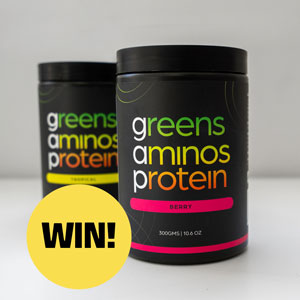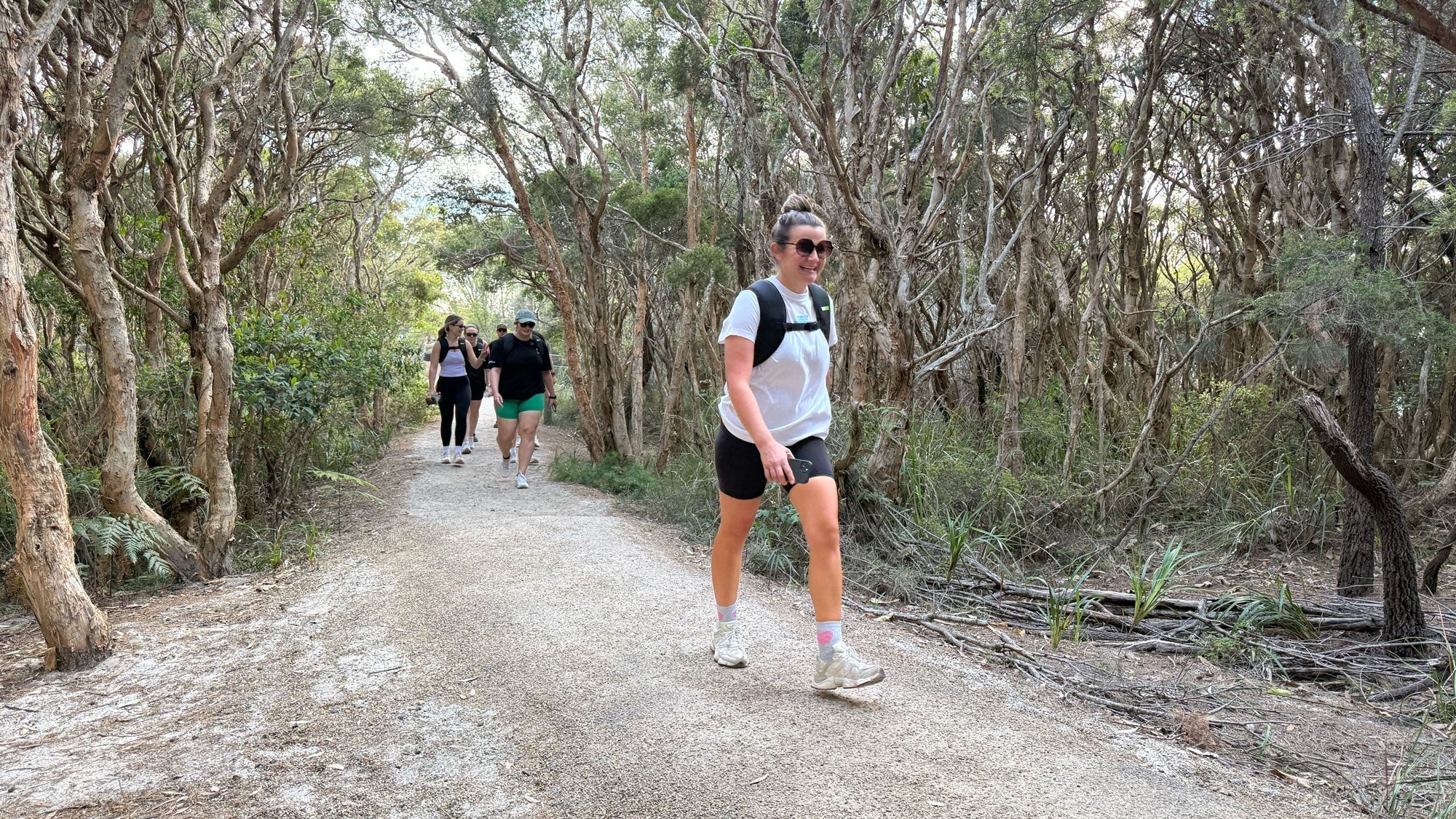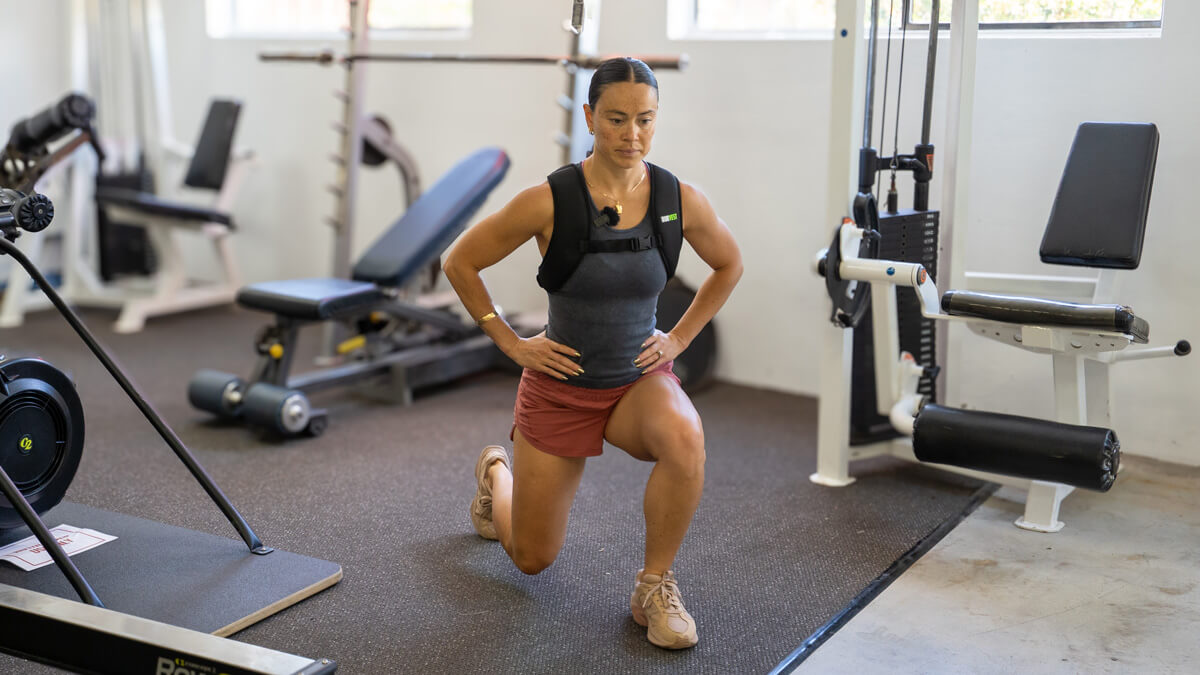Key Takeaways
- Osteopenia and osteoporosis are distinct conditions that need different management strategies.
- Over half of all fractures (52%) occur in people with osteopenia, not osteoporosis.
- Weighted vests can slow bone loss in osteopenia by applying consistent mechanical loading.
- Comfort is essential — most women stop using uncomfortable vests within two weeks.
- RUKVEST’s gel technology ensures lasting comfort, helping women stay consistent and get real results.
The Diagnosis Most Australian Women Get Wrong
You've had your bone density scan. The results say "osteopenia." You google it. You panic. Then you see "osteoporosis" mentioned and get even more confused.
They sound like the same thing. They're not. And the difference matters - especially when you're deciding whether a weighted vest is the right move.
Here's the truth: More than half of all fractures in Australian women happen to people with osteopenia, not osteoporosis. That's why your GP is taking it seriously. But it also means your treatment strategy is completely different.
The Numbers: What the T-Score Actually Means
When you get a bone density scan (DXA scan), your results come back with a T-score. This number tells you where your bone density sits compared to a healthy 30-year-old woman's bones.
Osteopenia: T-score between -1.0 and -2.5
Your bones are 1 to 2.5 standard deviations below peak bone density.
Osteoporosis: T-score -2.5 or lower
Your bones are 2.5 or more standard deviations below peak bone density.
That might sound like a small difference on paper. In reality, it changes everything about how you approach bone health.
Why This Matters: The Fracture Risk Story
Here's what Australian GPs see:
Osteopenia = Slowing the progression. Your bones are weaker than they should be, but you're not in the danger zone yet. The goal is to stabilise your bone density and prevent it from getting worse.
Osteoporosis = Medical intervention required. Your bones are fragile enough that even a minor fall (from standing height) can cause a fracture. Your GP will likely recommend medication alongside lifestyle changes.
The key insight: According to the 2023 Healthy Bones Australia burden of disease report, 52% of all minimal trauma fractures occur in people with osteopenia - not osteoporosis. In Australia, 77% of the 6.2 million people with poor bone health have osteopenia, while only 23% have osteoporosis.
You're in the bigger group. That's actually good news - it means your condition is earlier, more reversible.
Where Weighted Vests Fit: The Mechanical Loading Story
Here's where your vest comes in.
Both osteopenia and osteoporosis respond to mechanical loading - the force of weight on your bones. This stimulates bone cells to strengthen bone tissue. But the strategy is different for each.
Osteopenia + Weighted Vests = Prevention and Stabilisation
If you have osteopenia, a weighted vest works by creating consistent, gentle stress on your skeletal system. Your bones respond by maintaining (and potentially building) density. The goal isn't to reverse years of bone loss - it's to stop further loss and give your bones a reason to stay strong.
Osteoporosis + Weighted Vests = Medical Clearance First
If you have osteoporosis, you need your doctor's clearance before wearing a weighted vest. The risk of falls increases with osteoporosis, and adding weight changes your center of gravity. Your GP will assess whether the mechanical loading benefit outweighs the fall risk for your specific situation. Some women with osteoporosis benefit from vests. Others don't.
The Comfort Paradox That Stops Women
Most weighted vests fail because women stop wearing them.
Why? Iron sand or pellet-based vests bounce as you move. They dig into shoulders. They shift weight unevenly. After two weeks of discomfort, you're done.
Here's what research from Exercise & Sports Science Australia shows: Compliance is the missing variable in bone health. You can have the perfect exercise program, but if you quit after two weeks, it doesn't work.
RUKVEST solves this. The weighted gel technology moulds to your body and distributes weight evenly front-to-back. The lycra construction sits snug - no bouncing, no shoulder pain, no shifting. Women actually stick with it because it's comfortable.
For osteopenia specifically, this matters even more. You're not in crisis mode. You need a solution you'll actually use for months and years, not weeks.

What Your Doctor Wants You to Know
If you have osteopenia, your GP will recommend three things:
- Adequate calcium (1,300 mg daily for women over 50)
- Vitamin D (monitored by your doctor)
- Exercise - specifically weight-bearing and resistance training
A weighted vest works on a few levels. It's resistance training. And it's something you can wear while you do other activities - while walking, while working, while doing household tasks and outdoors while you soak up some Vitamin D.
The Healthy Bones Australia guidance is clear: The goal with osteopenia is to "reduce further bone loss, monitor your bone health with a follow-up scan in 1-5 years, and ensure adequate calcium, vitamin D and exercise."
A comfortable weighted vest that you'll actually wear ticks alot of these boxes.

The Honest Truth About Progression
Osteopenia can lead to osteoporosis if left untreated. But "untreated" doesn't mean "no action." It means no mechanical loading, no strength training, poor nutrition, and vitamin D deficiency.
If you have osteopenia and you:
- Wear a weighted vest consistently
- Get adequate calcium and vitamin D
- Do resistance training
- Stay active
You're doing everything research shows slows progression. You're not guaranteed to prevent osteoporosis, but you're giving your bones the best chance.
Your Next Step
If you've been diagnosed with osteopenia, ask your GP: "Is a weighted vest appropriate for me?"
Most GPs will most likely say yes. But they'll also say: "Make sure you wear it consistently, and let's recheck your bone density in a couple of years."
Then find a vest like RUKVEST that's comfortable enough to wear daily. Because the best vest is the one you actually use.
Further Reading:
- Beck, B. R., Daly, R. M., Singh, M. A., & Taaffe, D. R. (2017). Exercise and Sports Science Australia (ESSA) position statement on exercise prescription for the prevention and management of osteoporosis. Journal of science and medicine in sport, 20(5), 438–445. https://doi.org/10.1016/j.jsams.2016.10.001
- Health Bones Australia: Osteopenia and Bone Health








What's the difference between osteopenia and osteoporosis?
Osteopenia and osteoporosis are both conditions of low bone density, but they differ in severity. Osteopenia has a T-score between -1.0 and -2.5, meaning your bones are weaker than normal but not yet in the danger zone. Osteoporosis has a T-score of -2.5 or lower, indicating bones are fragile enough that even minor falls can cause fractures. In Australia, 77% of people with poor bone health have osteopenia, while 23% have osteoporosis. Importantly, 52% of all minimal trauma fractures occur in people with osteopenia - the larger group - making early intervention critical.
Can I wear a weighted vest with osteopenia?
Yes, most GPs will approve weighted vests for osteopenia. Weighted vests work through mechanical loading - the weight creates stress on your bones that stimulates them to maintain and build density. For osteopenia, the goal is to slow bone loss progression and stabilize your bone density. However, if you have osteoporosis, you need your doctor's clearance first, as the added weight changes your center of gravity and fall risk must be assessed. The key to success with either condition is consistency - you need to wear the vest regularly for it to be effective.
Why do women stop wearing weighted vests?
Most women quit wearing weighted vests within 2 weeks due to discomfort. Traditional iron sand or pellet-based vests bounce as you move, dig into shoulders, and shift weight unevenly throughout the day. This discomfort makes compliance difficult, and compliance is the missing variable in bone health. Research from Exercise & Sports Science Australia shows that even the perfect exercise program fails if you don't stick with it. A comfortable weighted vest that molds to your body and distributes weight evenly - like those with gel-granular hybrid technology - solves this problem by making the vest wearable for months and years, not just weeks.
Share:
Perimenopause vs Postmenopause: Why Timing Matters for Bone Loading
Weighted Backpack vs Weighted Vest: Which Should You Choose?